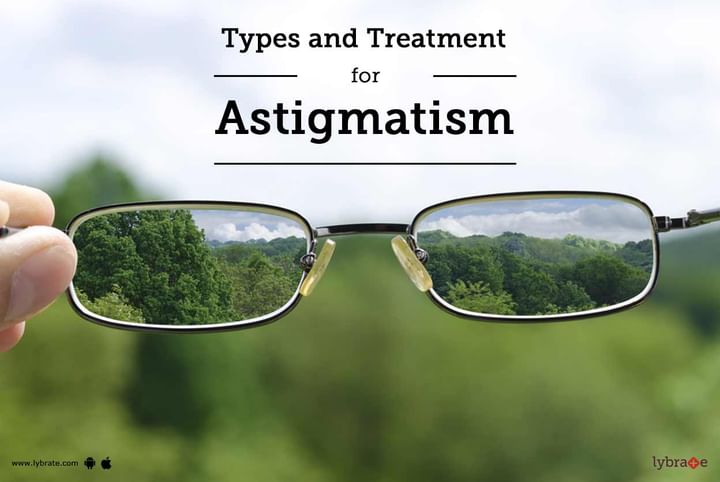Types and Treatment for Astigmatism
Astigmatism is a typical vision problem that occurs when the shape of the cornea is distorted due to injuries or other causes. With astigmatism, the lenses of the eye or the cornea curves. This irregular curve can change the way light refracts or passes through your retina. This causes hazy, fluffy, or twisted vision. Farsightedness and partial blindness are two different sorts of issues with the way light goes to your retina. Farsightedness is called hyperopia. Partial blindness is called astigmatism.
Types: There are two types of Astigmatisms. These are:
- Corneal astigmatism: It happens when your cornea itself is distorted.
- Lenticular astigmatism: Lenticular astigmatism happens when your lens is distorted.
Risks: Astigmatism can happen in youngsters and grown-ups. Your danger of creating astigmatism might be higher if you have any of the following:
- A family history of astigmatism or other eye issues like dislocation of the cornea.
- Scarring or diminishing of your cornea
- Excessive partial blindness, which makes foggy vision at a separation
- Excessive farsightedness, which makes hazy close-up vision
- A past of eye surgeries, for example, cataract surgery (surgical expulsion of a blurred focal point)
Symptoms: The side effects of astigmatism include:
- Hazy, Bended, Or Fluffy Vision At All Separations (Close-Up And Far Away)
- Trouble seeing during evening
- Lazy eye
- Squinting
- Irritation in the eye
- Cerebral Pains
Diagnosis:
- Visual Acuity Assessment Test: Patients are required to read letters from a graph at a particular distance to decide how well they can see the letters.
- Refraction Test: A refraction test uses a machine called an optical refractor. The machine has various remedial glass lenses that are used to read an outline while looking through lenses on the optical refractor.
Treatment:
- Keratometry: Keratometry is a route for your specialist to measure the bend of your cornea. They will do this by taking a look at your eye through a keratometer.
- Corrective Lenses: Remedial eyeglasses and contact lenses prescribed by a specialist are the most well-known and least obtrusive solution for astigmatism.
- Orthokeratology: Orthokeratology is a treatment that uses contact lenses to correct the deformation and flow of your cornea. You will wear inflexible contact lenses for certain time-periods. It is easier to wear them while you are sleeping and remove them during the day.
Surgery: Your specialist may suggest refractive surgery if your case is a serious one. This kind of surgery includes use of lasers or little blades to reshape your cornea. This will correct astigmatism permanently. The three basic surgeries for astigmatism are:
- Laser in situ keratomileusis (LASIK)
- Photorefractive keratectomy (PRK)
- Spiral keratotomy (RK).
All these surgeries might carry some risks depending upon the symptoms of your problem. As innovation advances, it is very important for the patient to explore more options before choosing which refractive surgery is a good fit for him or her. If you wish to discuss about any specific problem, you can consult a ophthalmologist.



+1.svg)
